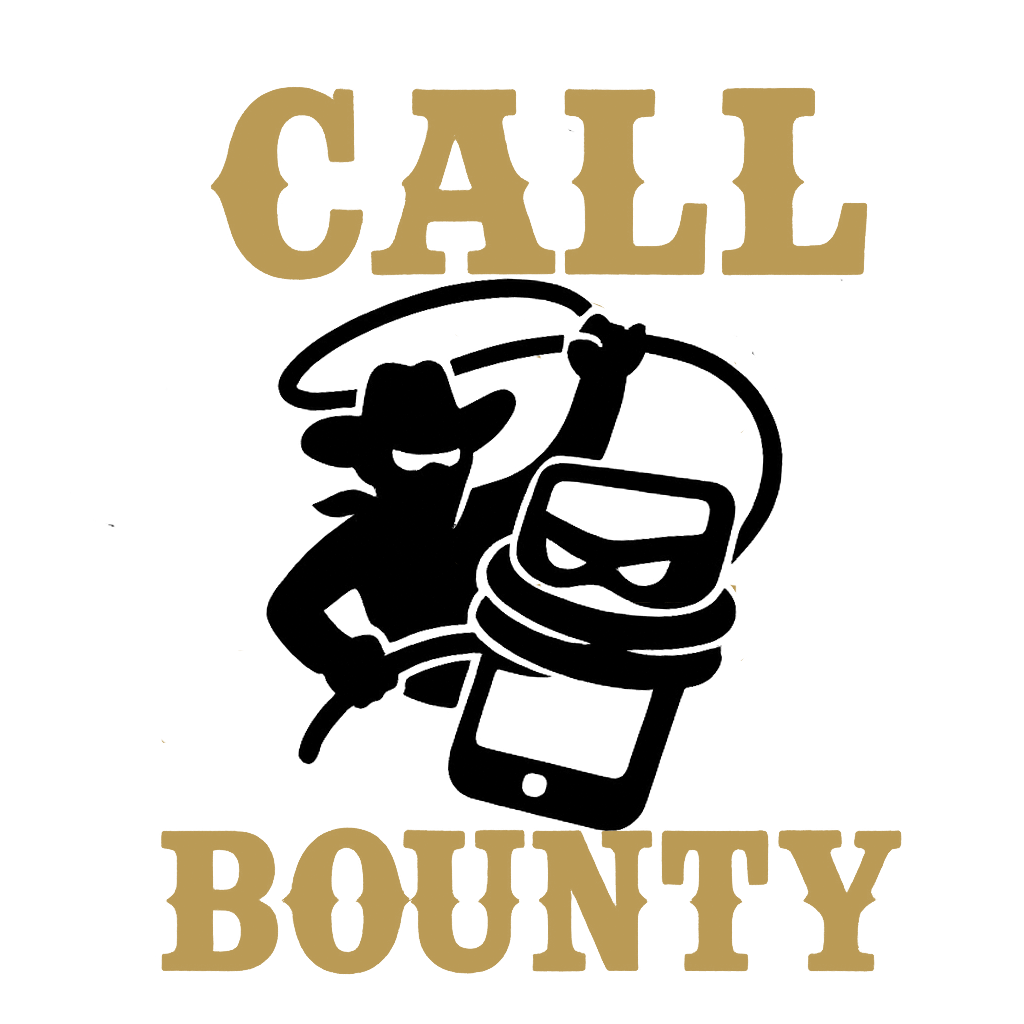When money is tight, every decision can feel heavy. Bills stack up, job applications feel endless, and even small expenses start to look like risks. If you’re unemployed, job-hunting, laid off, or juggling college on a shoestring budget, you’re not alone—and you’re not powerless. This guide walks you through what to do when you are broke in a calm, step-by-step way so you can stabilize today and build momentum for tomorrow. We’ll cover immediate actions to stop the financial bleeding, simple systems to regain control, and realistic ways to bring in income—without unrealistic promises or salesy fluff. Along the way, you’ll also learn about a consumer-rights side hustle (Call Bounty Free Ebook and App) that helps you use the TCPA to push back on illegal spam calls—because protecting your time and potentially getting compensated for violations can be one part of a broader, practical plan.

First, Create Breathing Room (Today)
If cash is low, the first goal is to stop the leak. You need a same-day plan that reduces pressure and buys you time.
Prioritize the “must-pays.”
Write down the next 30 days of essentials only:
- Housing and utilities (keep the lights on, keep housing stable)
- Food and necessary transportation
- Medications or critical insurance
If something can’t be paid in full, call the provider and ask about hardship plans, deferments, or payment arrangements. Companies often offer options when you ask early and stay polite. What to do when your broke is make sure debt doesn’t grow unnecessarily.
Pause what’s non-essential.
Cancel or pause subscriptions and memberships. Switch to free tiers or temporary alternatives. Even small cuts add up and lower your monthly “burn.”
Use a 48-hour freeze on new spending.
Unless it’s a must-have bill or necessity, wait two days before purchases. This reduces panic-spending and helps you think clearly.
Create a mini-buffer fast.
Consider selling one or two items you don’t use (electronics, furniture, designer items). Local marketplaces and buy/sell groups can convert clutter into a small cash cushion quickly.
Build a Simple, Two-Column Money Plan
Complicated budgets are the enemy when you’re stressed. Use a two-column method you can manage on your phone:
Column A: Income (certain + likely)
- Benefits, part-time shifts, gig work, refunds, small sell-offs
- Any near-term payouts or reimbursements
Column B: Bills (date-sorted)
- List due dates, minimums, and what’s negotiable
- Note which bills you’ve already called about (hardship/deferment)
Update it daily for 10 minutes. This light structure keeps you from missing due dates and shows where one extra $50 actually matters.
What to Do When You Are Broke: Stabilize Your Essentials
Talk Early, Document Everything
For landlords, utilities, lenders, and schools:
- Explain your situation honestly and ask for specific options: “Is there a hardship plan, deferment, or interest-only option for 60–90 days?”
- Keep a call log with date, time, rep name, and agreements.
- Get confirmations by email whenever possible.
Protect Your Credit Where You Can
If you can’t pay everything, pay on time the things that report and negotiate arrangements for the rest. Even a single 30-day late mark can linger; a quick call might prevent it.
Use Community and Campus Resources
If you’re a college student, check student support services for emergency micro-grants, food pantry access, transit discounts, and textbook exchanges. If you’re laid off or job-seeking, explore local workforce boards and free upskilling programs—they can connect you with short certifications that boost hiring odds fast.
Fast, Realistic Ways to Bring In Cash (No Hype)
When you need income, focus on low-friction, high-fit options—things you can start with minimal costs and that match your current life.
For the Unemployed or Laid Off
- Temp + shift marketplaces: Short assignments or event staff shifts can bridge gaps without long commitments.
- Neighborhood services: Move-outs, furniture assembly, pet sitting, delivery runs—these pay faster than traditional hiring cycles.
- Industry-adjacent freelance: If you’ve been in sales, operations, admin, or IT, offer project work (lead list cleanup, CRM hygiene, spreadsheet audits, basic tech support).
For Job Seekers
- Portfolio quick-wins: Build 2–3 tiny samples tailor-made for your target role (e.g., a one-page case study, a demo spreadsheet, a mock customer email sequence). Share them on your LinkedIn and job applications to stand out.
- Referral ripple: Ask former coworkers or classmates for specific introductions (“Do you know anyone hiring a junior analyst for 10–20 hours?”). The more specific, the better.
For College Students
- Campus-compatible gigs: Tutor courses you’ve already passed, manage social accounts for student clubs, or offer note-taking/editing services.
- Micro-skills monetization: Design Canva graphics, edit short-form videos, or format resumes for peers. Low barrier, real demand.
A Consumer-Rights Side Hustle to Consider
You’ve seen “Spam Likely” pop up on your phone. Annoying, right? Under U.S. consumer protection laws, some of those calls and texts are illegal when done without consent. The Call Bounty Free Ebook and App (the ebook includes a link to the app download) teaches you how to identify violations, document them properly, and send professional demand letters—in short, how to enforce your rights under the TCPA.
This isn’t about chasing every call. It’s about:
- Learning the basics of what qualifies as a violation
- Keeping a clean record (call logs, screenshots, time stamps)
- Using templates and workflows to send demand letters or file complaints
- Knowing your options (settlements, small claims, or referrals)
If you’re already building smart, low-cost income streams, this can be one more tool—especially if you’re looking for ways to protect your time and potentially get compensated when companies ignore the law.
Turn Skills Into Paid Offers (Even if You’re “Not an Expert”)
You don’t need a certificate to start offering value. You need a clear problem → outcome.
- Pick a tiny problem you can solve in one sitting.
Examples: “I’ll fix your spreadsheet formulas,” “I’ll clean your email inbox,” “I’ll rewrite your resume intro and bullet points.” - Define a crisp deliverable and a fair price.
- “30-minute resume polish + ATS-friendly format”
- “One-hour bookkeeping cleanup for the current month”
- “Three TikTok captions + posting calendar for this week”
- Post it where your buyers are.
Local Facebook groups, LinkedIn, class group chats, or community job boards. Keep your post short, visual, and outcome-oriented. - Stack small wins.
One or two quick jobs create testimonials. Testimonials create momentum.
What to do when you are broke is Keep Your Phone from Derailing Your Plan
When you’re rebuilding, focus is money. Spam calls and texts burn time and attention. One the first ideas is how to make money on my phone.
- Filter and block aggressively. Use built-in settings to silence unknown callers.
- Create a “contact-only” ring rule so real opportunities get through.
- Document unwanted calls you do receive. If you choose to explore the TCPA route, your records become valuable.
This is where the Call Bounty Free Ebook and App can help: it shows you what details to capture, how to store them, and how to act on them if there’s a violation. Not every call will qualify—but having a system means you’re ready when it does.
What to Do When You Are Broke: A 7-Day Reset Plan
Day 1–2: Stop the leak
- Two-column plan (income vs. bills)
- Call three highest-pressure providers for hardship options
- Cancel or pause non-essentials
Day 3–4: Build cash micro-wins
- List 3 services you can do this week (one-hour packages)
- Post offers and ask 3 people for referrals
- Sell one unused item to create a $50–$150 buffer
Day 5: Protect focus
- Tighten phone filters, silence unknown callers
- Start a call log for any spam or unknown numbers
Day 6: Skill signal
- Create one proof piece (resume sample, mini-case study, before/after screenshot)
- Update LinkedIn headline with a clear offer
Day 7: Systems + Learn
- Set 10-minute daily money check-in
- Read the Call Bounty Free Ebook (includes link to App download) to understand when and how to act on illegal spam calls
What to do when you are broke is remember that Mindset Matters (But Keep It Practical)
- You’re not behind—you’re restarting. Money struggles happen in seasons.
- Action beats anxiety. One phone call, one sale, one application at a time.
- Tiny consistency compounds. Ten minutes a day on money tracking changes outcomes in 30 days.
Frequently Asked Questions (Quick Answers)
“I’m embarrassed to ask for payment plans—what do I say?”
Try: “I’m experiencing a temporary hardship. What options do you have for deferment or reduced payments for the next 60–90 days?” Then log the call details.
“What if I don’t have any marketable skills?”
You likely do. Can you organize files, clean up spreadsheets, proofread, transcribe, or schedule posts? Package it into a one-hour offer.
“Will the spam-call thing really help?”
It’s not a magic button. But if you learn the basics, document correctly, and use templates, you can enforce your rights when companies break the rules. The Call Bounty Free Ebook and App show you how to do that step by step.
Conclusion: Stabilize, Systematize, and Add Smart Income Streams
Because what to do when you are broke often creates confusion its imperative to stay goal oriented.
When you’re deciding what to do when you are broke, keep your plan simple and doable: stabilize essentials, set up a lightweight money system, and stack small, real-world income wins. Protect your focus, document everything, and use tools that help you turn problems into opportunities—like enforcing your rights when spam callers cross the line. If you want a structured, beginner-friendly way to learn that process, the Call Bounty Free Ebook and App (the ebook includes a link to the app download) offers clear templates, call logs, and step-by-step guidance. You’ve got this—one steady step at a time.
Suggested: How to make money on my phone

